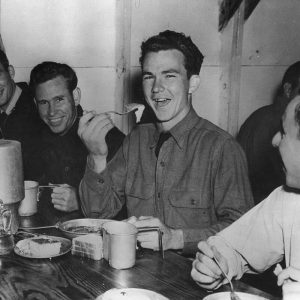Historical inventions that were stolen
In the world of innovation, not every inventor gets their fair share of the spotlight. History is peppered with tales of stolen inventions and disputed credit. It’s fascinating to think about how many of our everyday conveniences were the result of not just creativity but also controversy. As we delve into these stories, we’ll explore how inventors navigated the murky waters of intellectual property long before the digital age.
The Telephone: Alexander Graham Bell vs. Elisha Gray
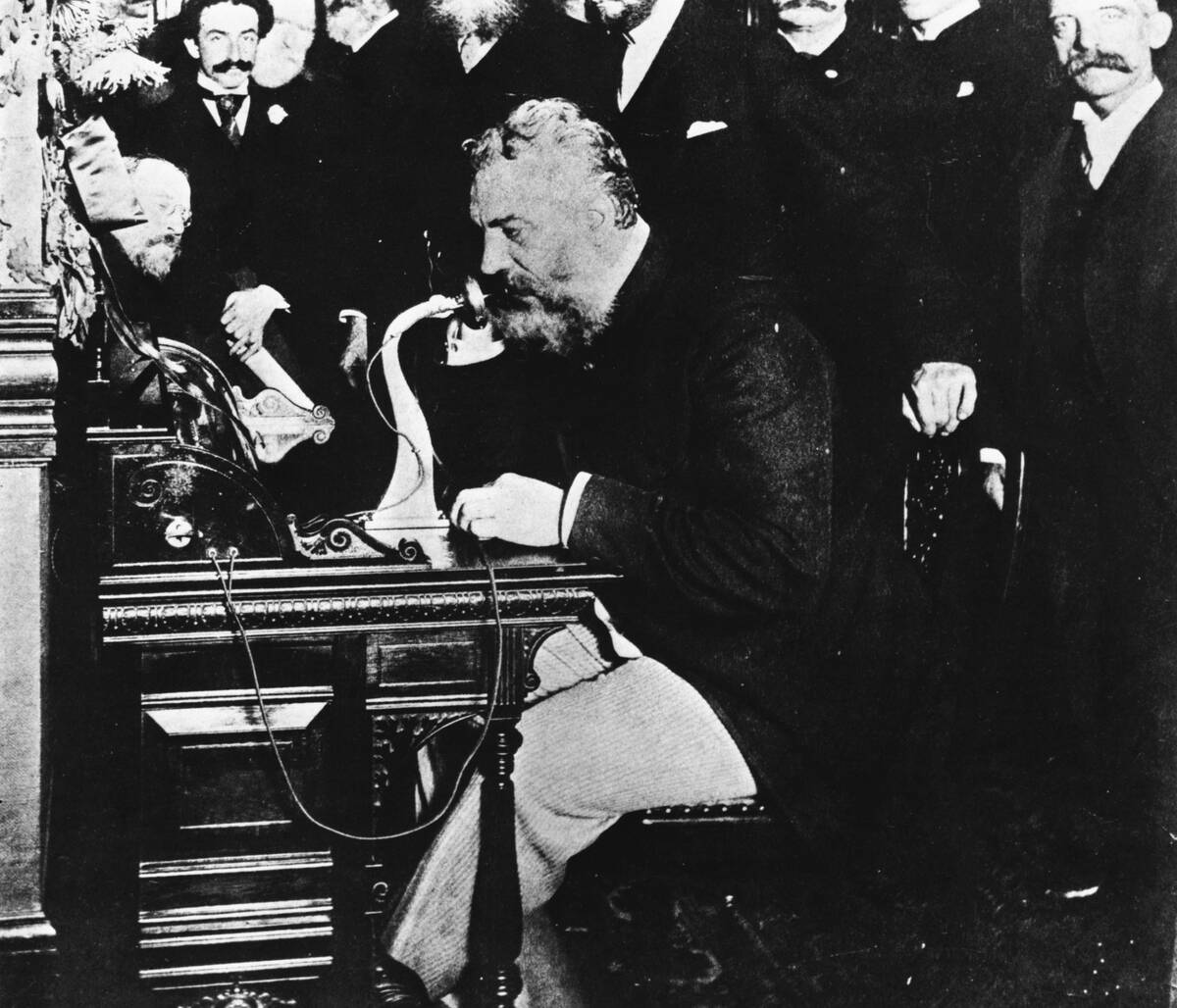
The telephone is often attributed to Alexander Graham Bell, but Elisha Gray was hot on his heels. Both men filed patents, or at least caveats, on the same day, February 14, 1876. Bell’s patent was recorded just hours before Gray’s, granting him the official recognition. However, debates continue about whether Bell’s success was due more to timely paperwork than superior technology. The controversy highlights how close the race for invention can be, with credit sometimes awarded by the slimmest of margins.
The Light Bulb: Thomas Edison and the Race to Illumination
![[redacted] Exhibits First Successful Incandescent Lamp](https://media.tellmebest.com/wp-content/uploads/2023/01/thomas-edison-exhibits-first-successful-incandescent-lamp.-24215.jpeg)
Thomas Edison is celebrated for inventing the light bulb, yet he wasn’t alone in the quest for electric light. Sir Joseph Swan, an English physicist, developed a working light bulb around the same time. In fact, Swan was awarded a British patent a year before Edison’s U.S. patent. The two eventually formed a joint venture, but Edison’s name remains more prominent. This tale underscores how collaboration and competition often go hand in hand in the world of invention.
The Radio: Tesla, Marconi, and the Airwaves Battle
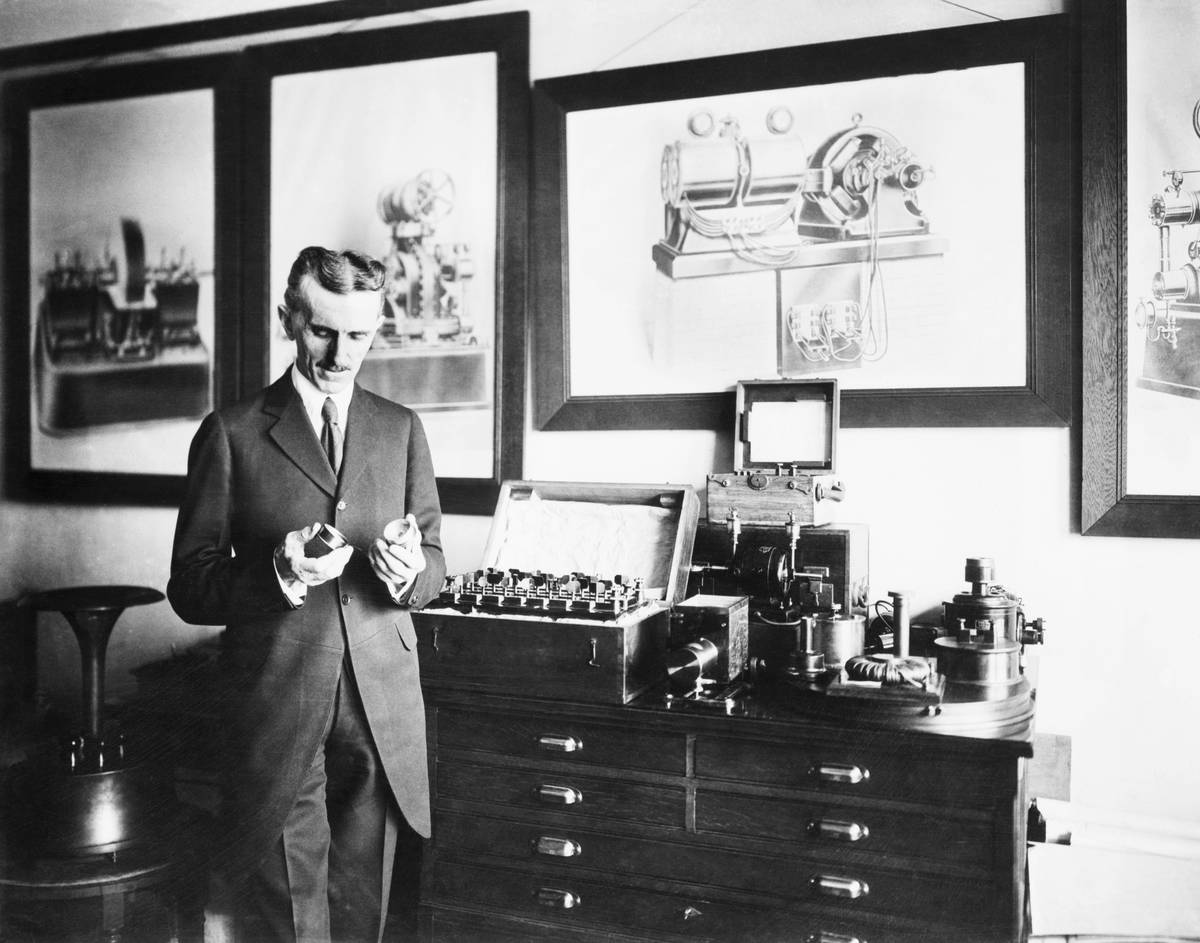
The invention of the radio is a classic example of a contested innovation. While Guglielmo Marconi is widely credited, Nikola Tesla had filed patents for radio technology years earlier. In 1943, the U.S. Supreme Court granted Tesla the recognition, although Marconi had already received the Nobel Prize. This saga illustrates the complexities of patent laws and the importance of timing in the annals of scientific discovery.
The Computer: The Turing Machine and Intellectual Heists
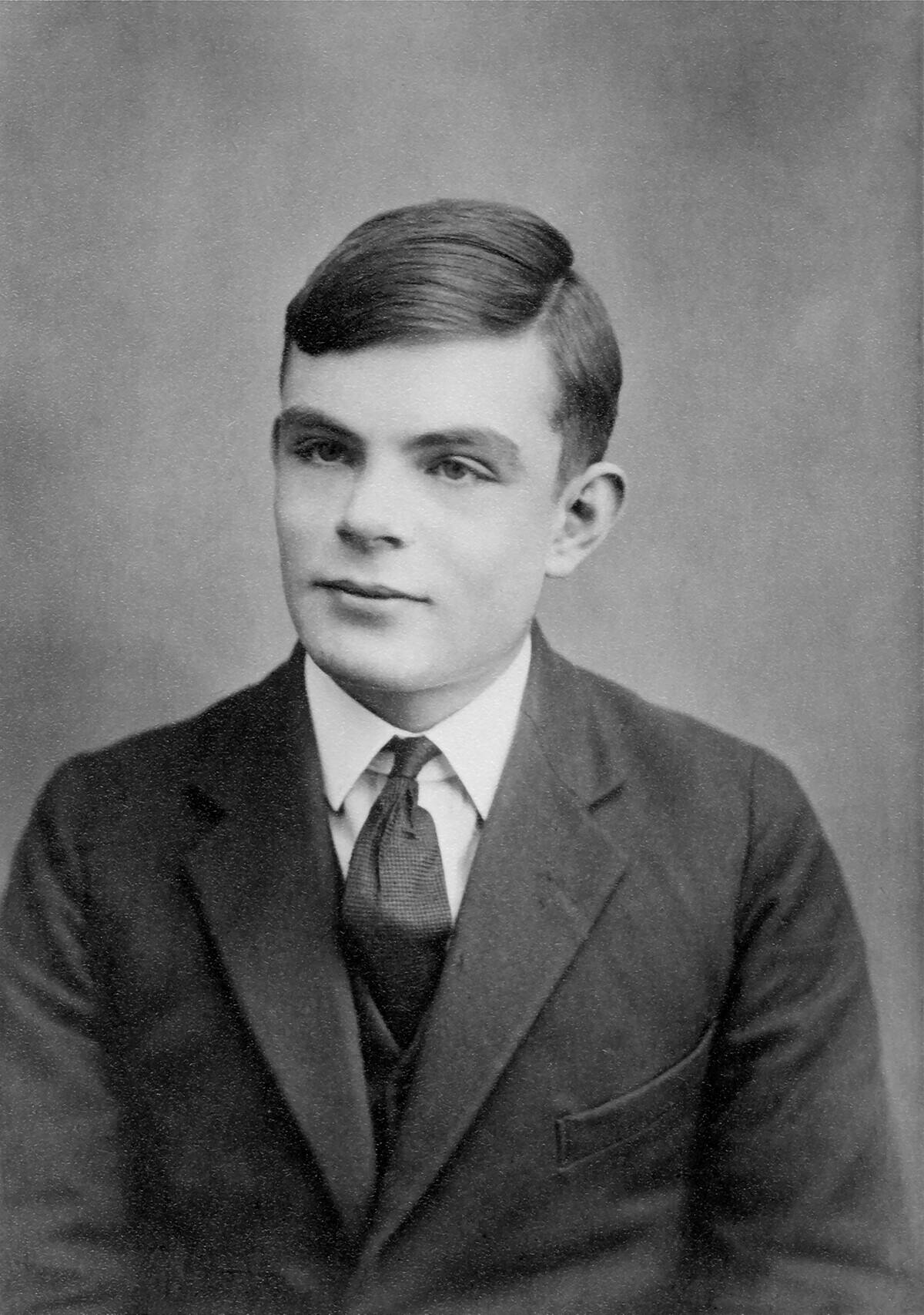
Alan Turing laid the groundwork for modern computers with his theoretical Turing Machine. However, the development of functional computers was a collaborative effort. John Atanasoff and Clifford Berry created the first electronic digital computer, but their work was overshadowed by later developments. Turing’s contributions were not fully appreciated during his lifetime, reflecting how recognition in the tech world can be delayed and complicated by various factors.
The Airplane: The Wright Brothers vs. Glenn Curtiss
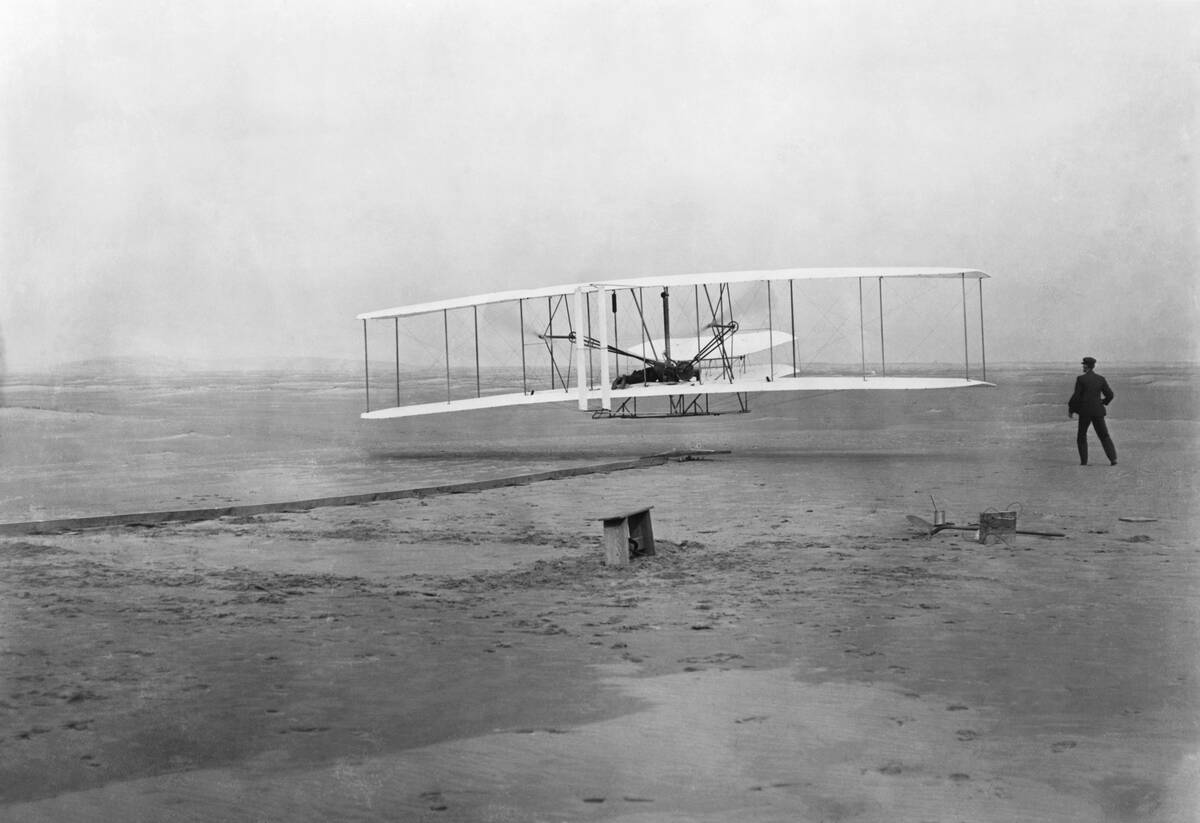
The Wright Brothers are synonymous with powered flight, yet Glenn Curtiss played a significant role in aviation’s early days. A legal battle over airplane wing designs ensued, with the Wrights winning an initial victory. However, Curtiss continued to innovate, contributing to the development of practical aircraft. This rivalry not only propelled aviation technology forward but also highlighted the challenges of protecting intellectual property in a rapidly evolving field.
The Laser: Gordon Gould’s Fight for Recognition
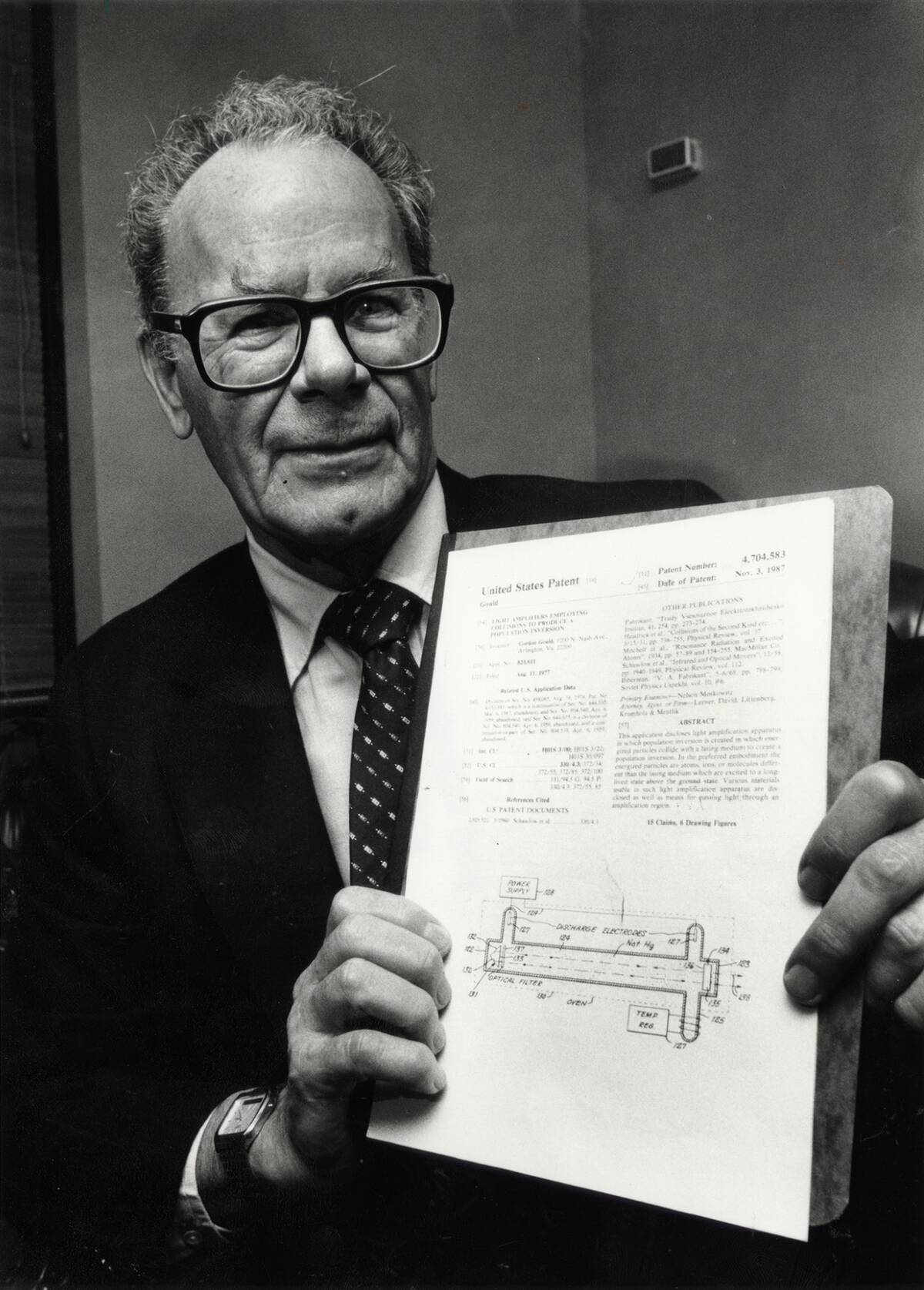
Gordon Gould coined the term ‘laser’ and was instrumental in its development, yet he faced a protracted battle for patent rights. Initially, his ideas were overlooked, and patents were granted to others. After a lengthy legal struggle, Gould finally received recognition and royalties, decades later. His story is a testament to persistence in the face of bureaucratic hurdles and the often slow-moving wheels of patent law.
The Sewing Machine: Elias Howe and Isaac Singer’s Stitched-Up Dispute
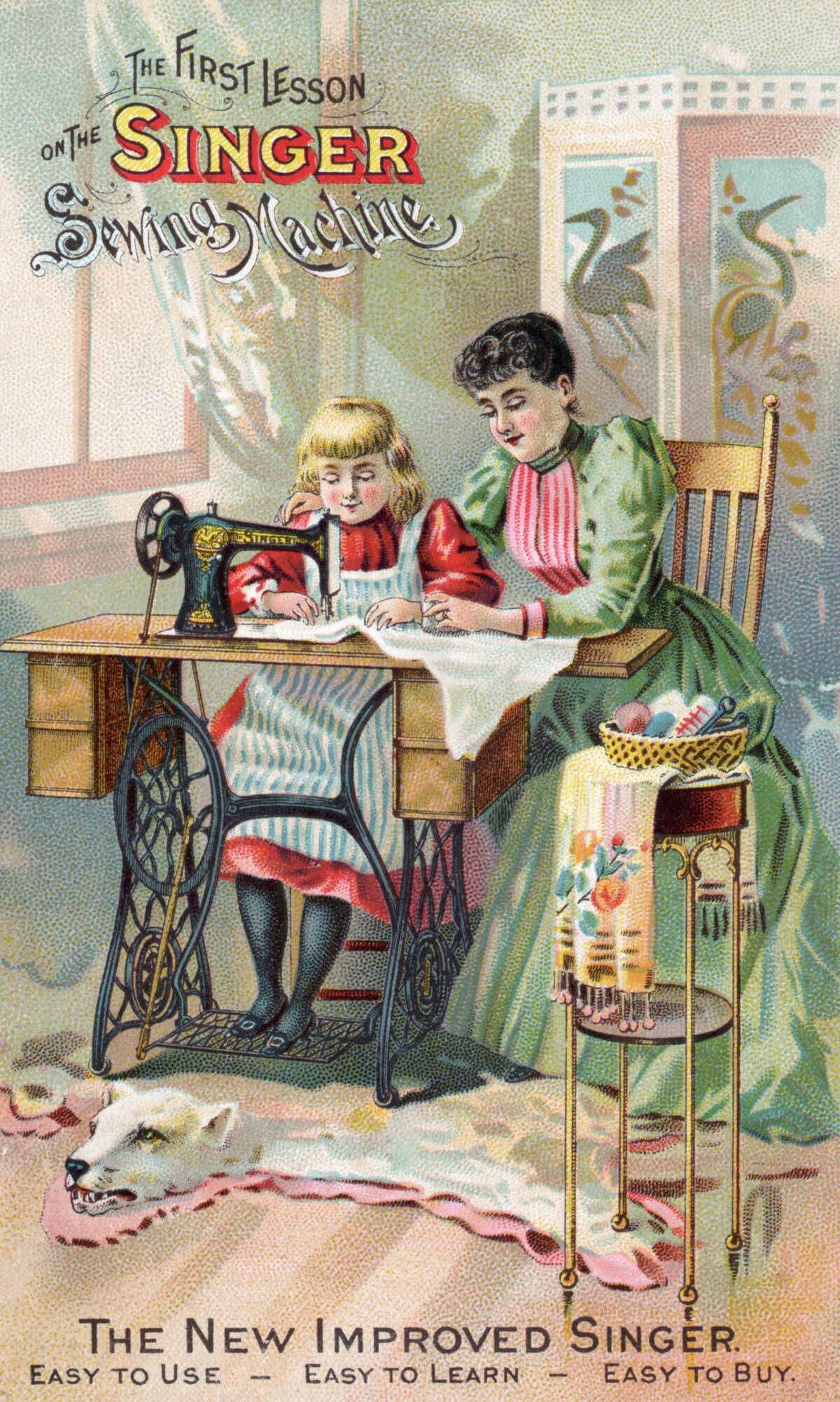
The sewing machine’s invention was fraught with legal battles. Elias Howe patented a machine with a lockstitch design, but Isaac Singer’s more commercial model gained popularity. Singer utilized elements from Howe’s patent, leading to a court case. Eventually, Howe won and received royalties, but Singer’s name became more widely associated with the sewing machine. This case exemplifies how business acumen can sometimes overshadow originality in the race for invention.
The World Wide Web: Tim Berners-Lee and the Digital Frontier

Tim Berners-Lee is rightly credited with inventing the World Wide Web, a system that revolutionized information sharing. However, his decision to make it free and accessible prevented potential patent disputes. By prioritizing access over profit, Berners-Lee set a precedent for openness in the digital age. His story contrasts with many others, highlighting how the ethos behind an invention can influence its development and adoption worldwide.
The Movie Camera: Edison, the Lumière Brothers, and the Silver Screen Saga
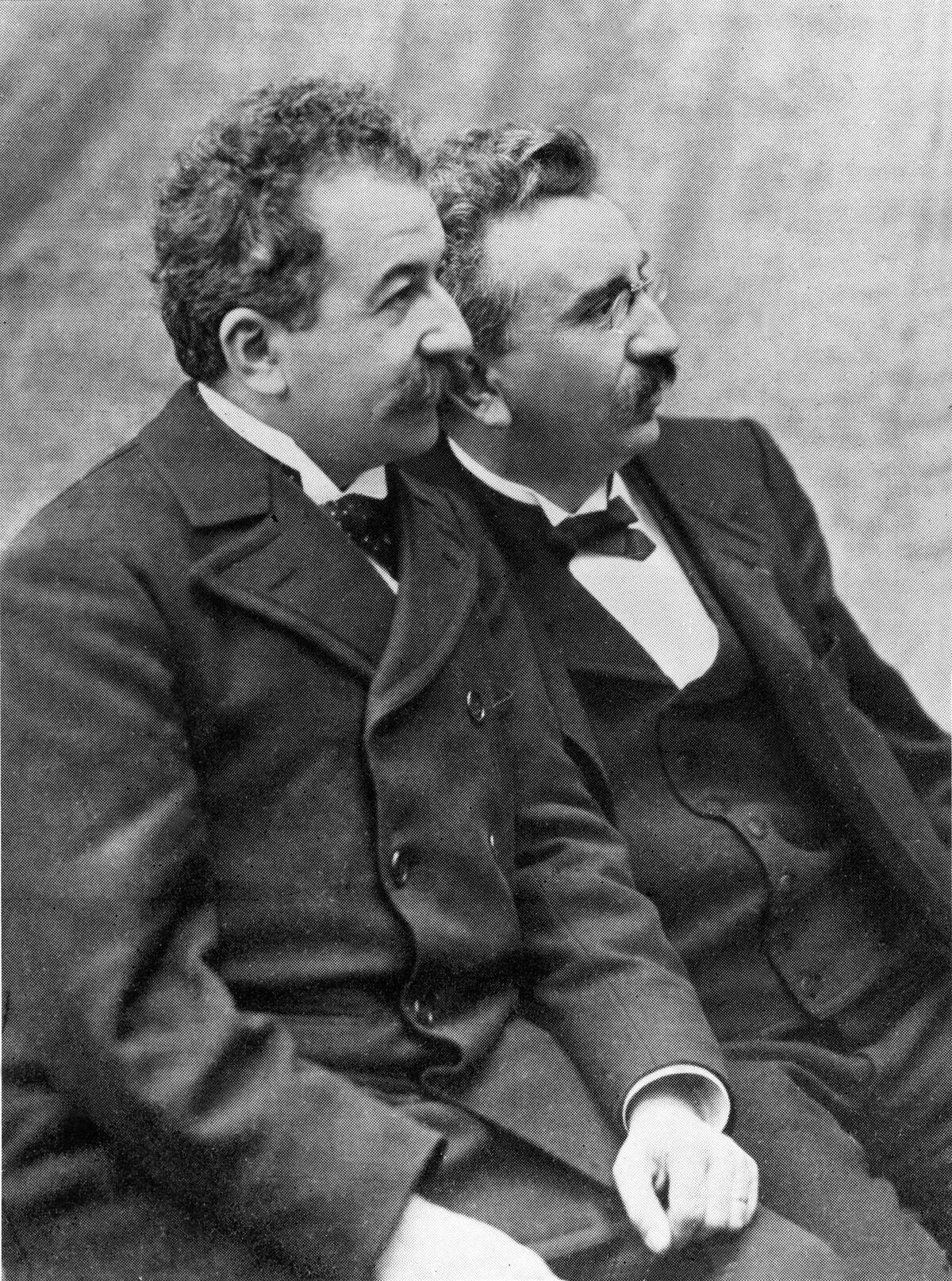
The creation of the movie camera involved several inventors, including Thomas Edison and the Lumière Brothers. Edison patented the kinetoscope, an early motion picture device, while the Lumières developed a projector that allowed group viewings. Despite Edison’s patents, the Lumières are often credited with the birth of cinema as we know it today. This story illuminates how different technologies can converge to create a new medium, each with its own champion.
The Polio Vaccine: Jonas Salk and the Forgotten Teams
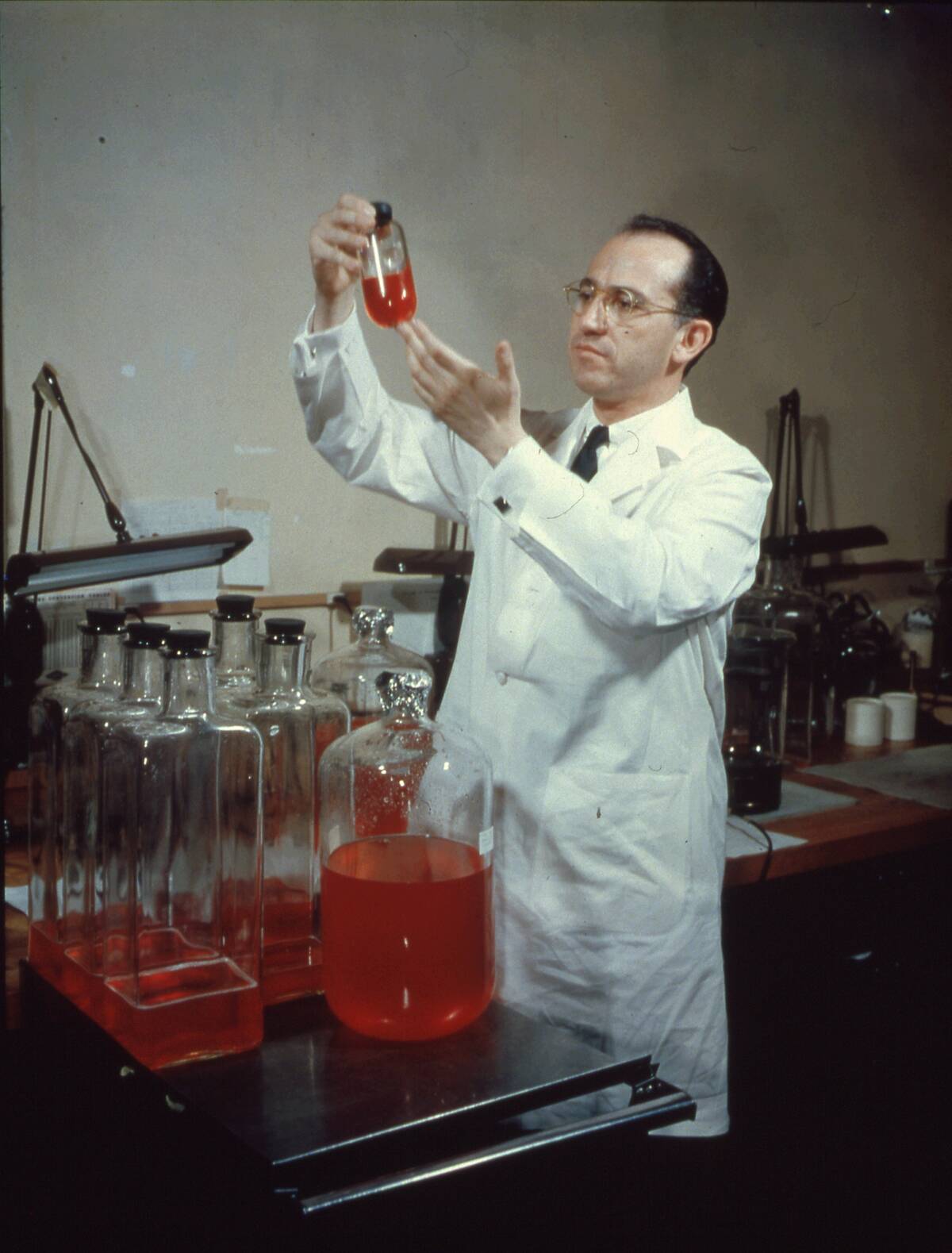
Jonas Salk is hailed for developing the polio vaccine, a breakthrough that saved countless lives. Yet, the groundwork was laid by teams of researchers, including Hilary Koprowski and Albert Sabin, who also created effective vaccines. Salk’s decision not to patent his vaccine underscored a commitment to public health over personal gain. This story emphasizes the collaborative nature of medical research and the often-unseen contributions of many scientists.
The Steam Engine: James Watt and a Cloud of Controversy
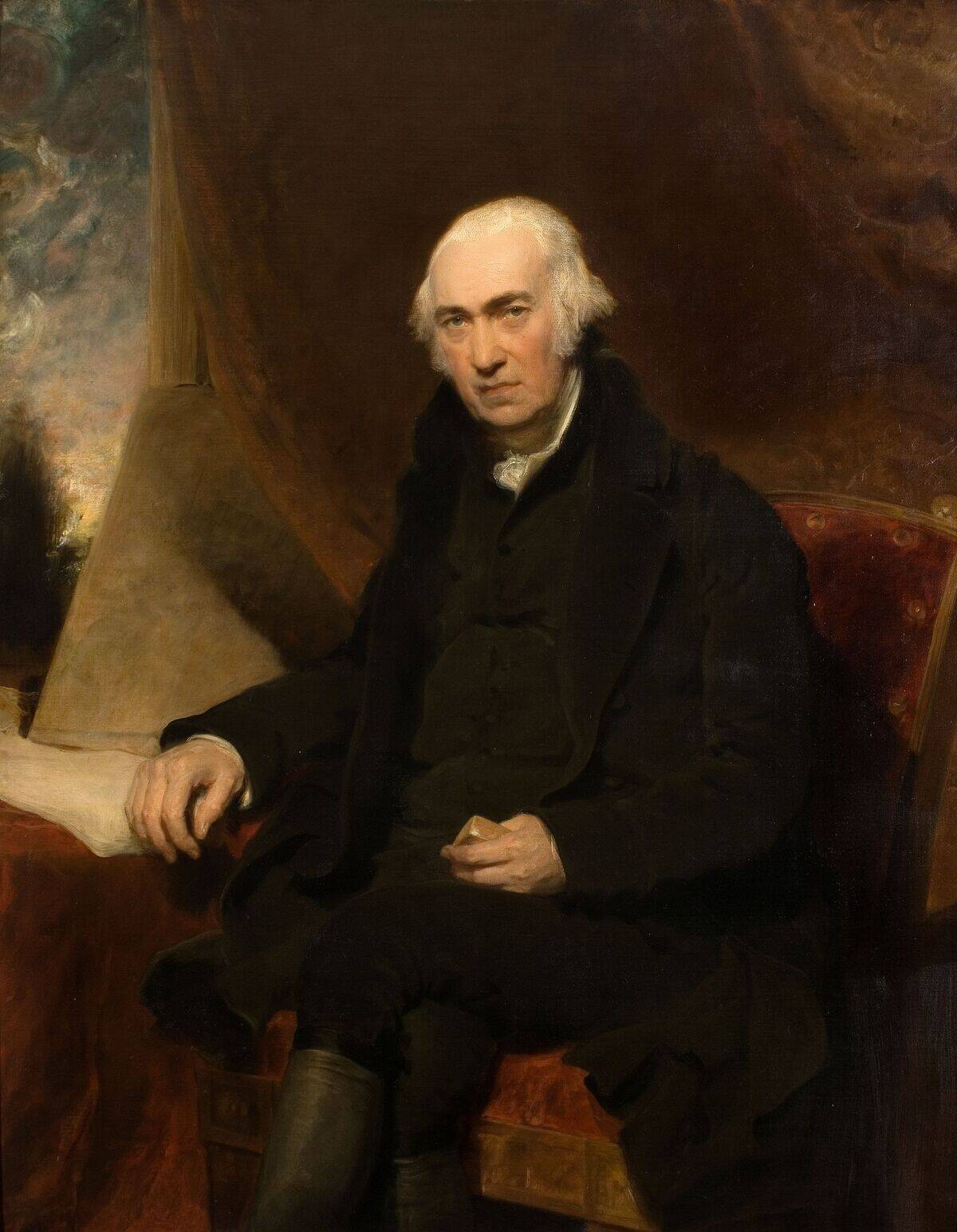
James Watt is synonymous with the steam engine, yet he built upon the work of earlier inventors like Thomas Newcomen. Watt’s improvements were pivotal, but his aggressive patenting strategies stifled competition for years. This controversy highlights how patents can both protect and hinder technological progress. Watt’s legacy is a reminder of the delicate balance between innovation and the monopolistic tendencies that can arise in its wake.
The Telegraph: Samuel Morse and the Forgotten Inventors
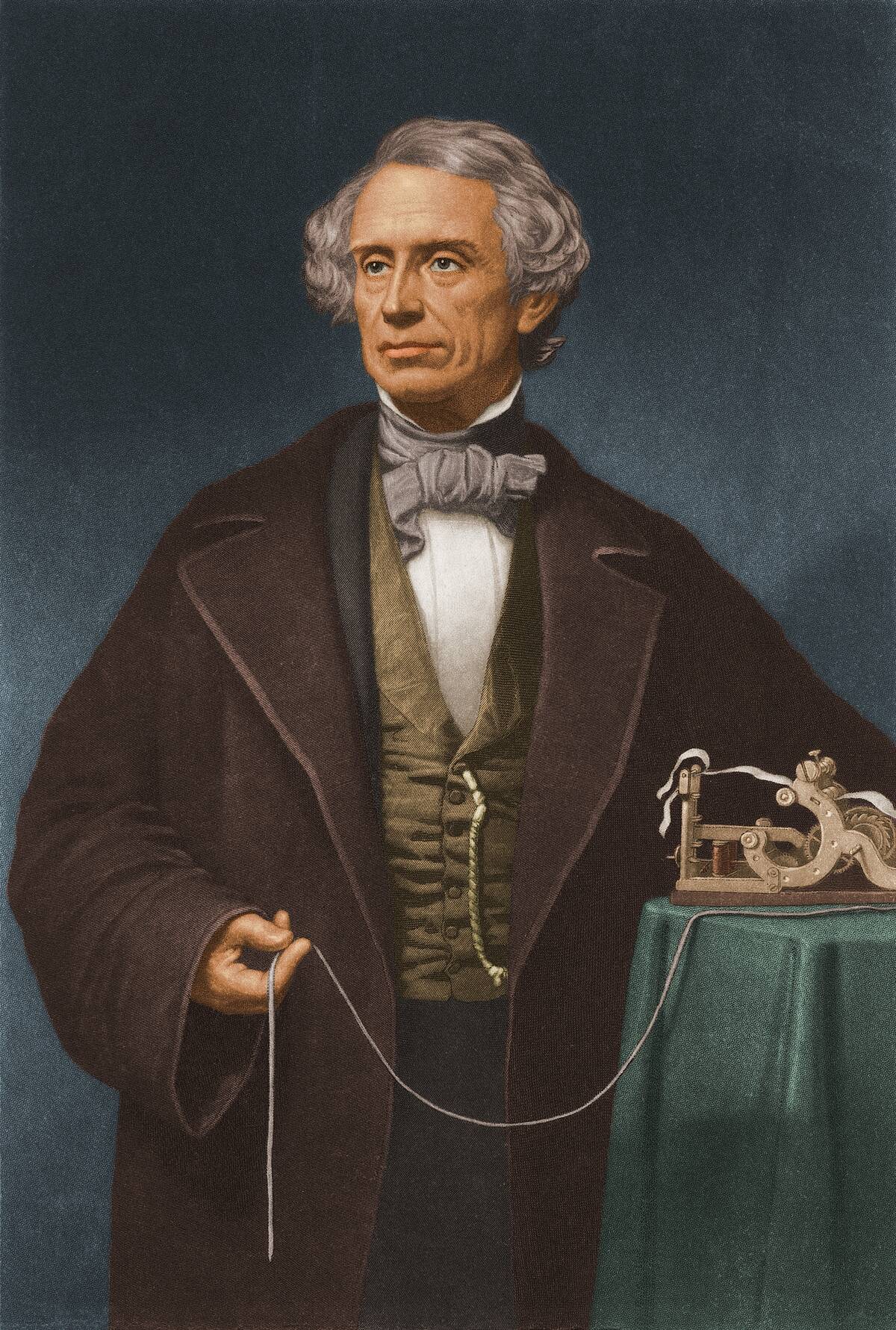
Samuel Morse is credited with inventing the telegraph and Morse code, yet he wasn’t the first to explore electrical communication. Innovators like Joseph Henry and William Cooke made significant contributions, with Cooke and Charles Wheatstone developing a successful telegraph system in Britain. Morse’s version gained popularity in the U.S., partly due to his savvy marketing. This case shows how the success of an invention often hinges on more than just the technology itself.
The Automatic Transmission: Alfred Horner Munro and the Automaker’s Omission
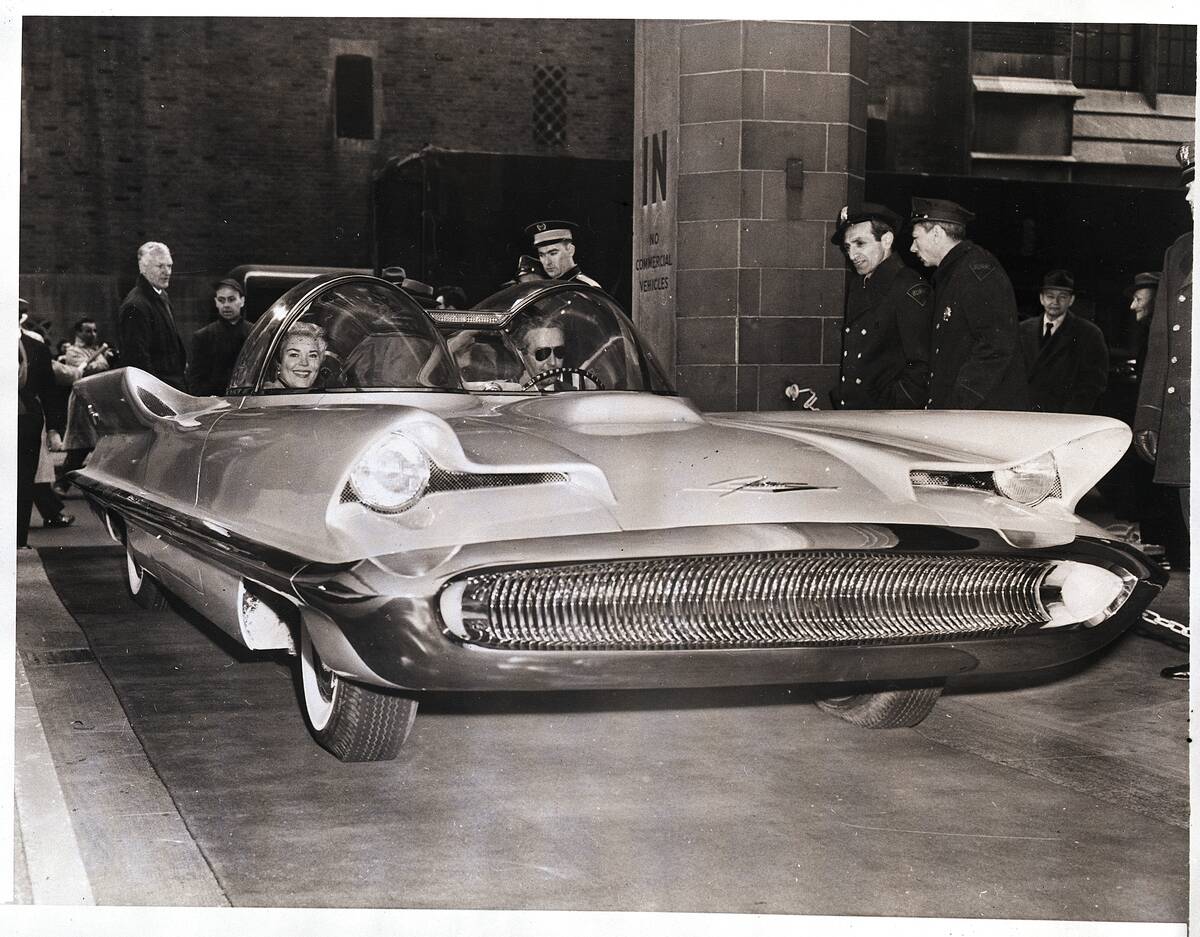
The automatic transmission revolutionized driving, yet its invention is often overlooked. Alfred Horner Munro, a Canadian engineer, patented an early version in 1923. Despite its innovation, Munro’s design was never commercialized, and later developments overshadowed his work. This omission highlights how timing and market readiness can impact an invention’s recognition and success. Munro’s story is a reminder of the many unsung heroes in the history of automotive advancements.
The Microchip: Kilby, Noyce, and the Silicon Showdown
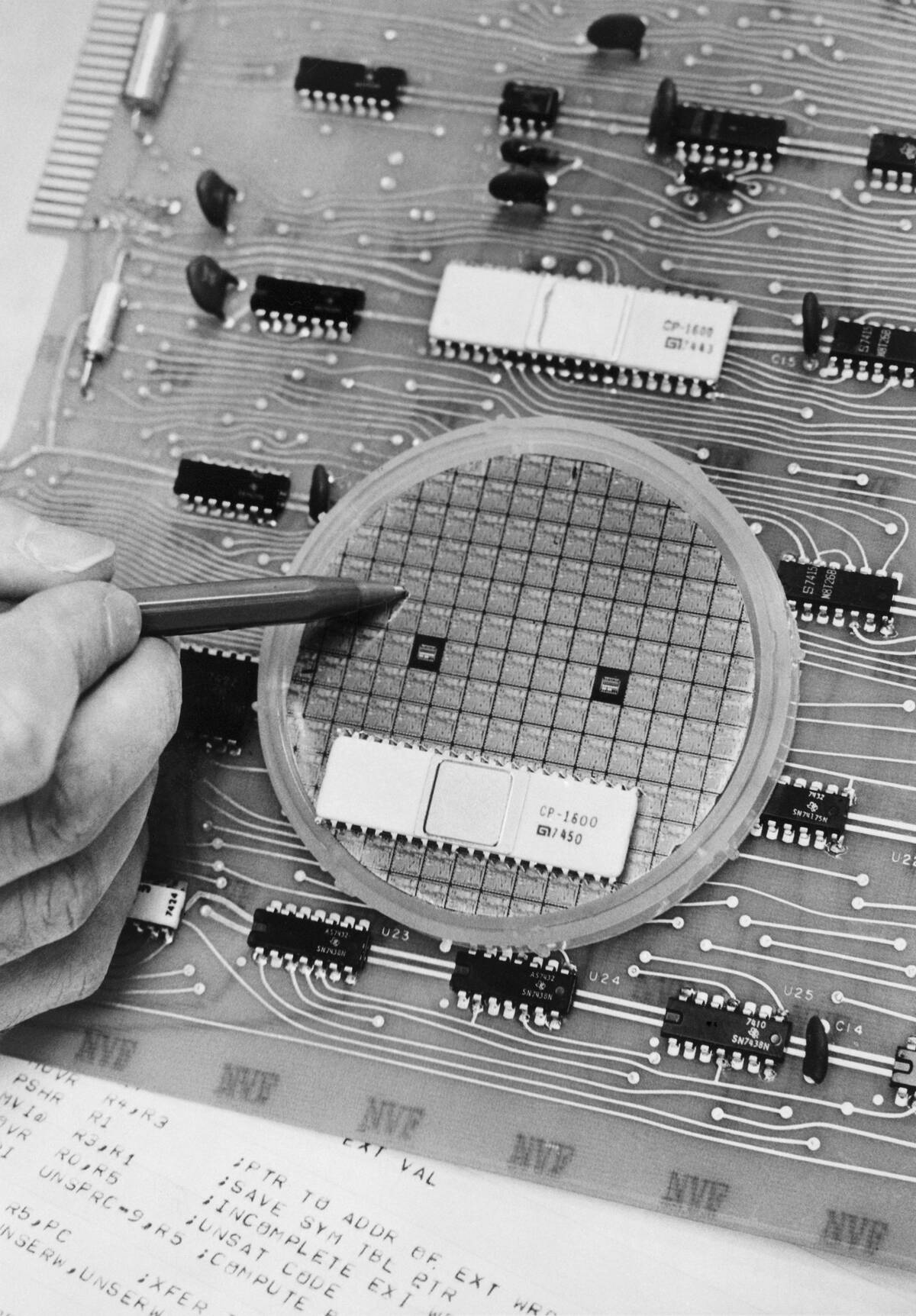
The microchip, a cornerstone of modern electronics, was developed independently by Jack Kilby and Robert Noyce. Kilby created the first working prototype, while Noyce’s design was more practical for mass production. Both men are credited with the invention, and they share the recognition for this groundbreaking technology. Their story is a classic example of simultaneous invention, where two minds reach similar conclusions, pushing technology forward in parallel paths.
The Electric Guitar: Les Paul and the Strumming Saga

Les Paul is a legendary name in music, known for his pioneering work on the solid-body electric guitar. However, he was not alone in this endeavor. Leo Fender also developed influential electric guitars, leading to a revolution in music. Both contributions helped shape modern music, each with its distinct influence. This saga highlights how multiple innovations can coexist and contribute to a new cultural phenomenon, each leaving a unique mark on history.




